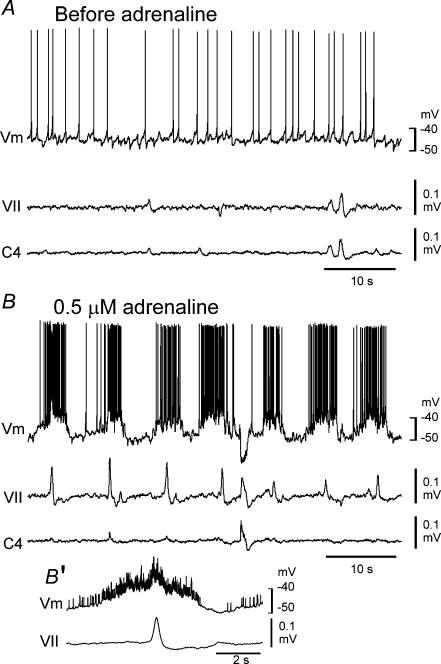Figure 5. Burst activity of a non-inspiratory neuron and facial nerve activity induced by a low concentration of adrenaline in the ventrolateral medulla of Atp1a2−/− mice.
A, membrane potential trajectory in control solution. Note the lack of burst activity. B, after a 5 min application of 0.5 μm adrenaline, burst activity of the neuron and corresponding facial nerve activity are induced. B′, membrane potential averaged 12 cycles with the use of facial nerve activity as a trigger. This neuron received inhibitory postsynaptic potentials during the inspiratory phase. Vm, membrane potential trajectory; VII, facial nerve activity; C4, C4 inspiratory activity.

